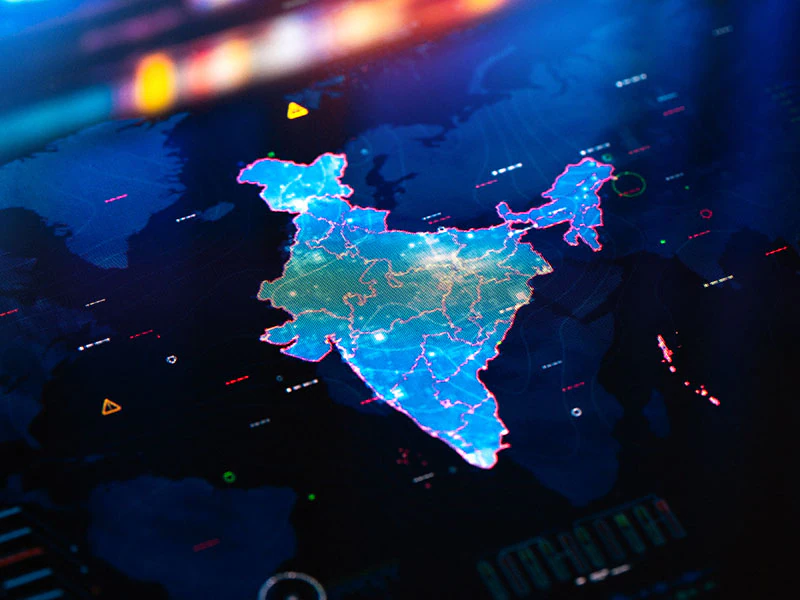A decade ago, India was still grappling with the challenge of connecting its vast and diverse population to the internet. Many rural areas lacked even basic connectivity, and digital literacy was low. But through determined government efforts and massive investments, this picture has changed dramatically.
Today, over 970 million Indians have internet access, a figure that continues to rise rapidly. The country has installed nearly half a million 5G base stations, making high-speed internet available even in far-flung villages. This connectivity boom has laid the foundation for a digital transformation that touches every aspect of daily life.
The introduction of the Unified Payments Interface (UPI) revolutionized the way people pay for goods and services, handling over 100 billion transactions annually. Meanwhile, the Direct Benefit Transfer (DBT) system has ensured that more than ₹44 trillion in subsidies and benefits reach citizens directly, cutting down corruption and inefficiency.
Empowering Entrepreneurs and Everyday Citizens
India’s digital journey is not just about connectivity; it’s about opportunity. Digital platforms like the Government E-Marketplace (GeM) and the Open Network for Digital Commerce (ONDC) are reshaping commerce, especially for small and medium businesses.
ONDC, which recently surpassed 200 million transactions, allows small vendors and artisans to sell their products nationwide, breaking down traditional barriers like middlemen and regional limitations. This democratization of commerce is helping millions of entrepreneurs thrive.
Education and innovation have also received a boost through the Atal Innovation Mission (AIM), which has established over 10,000 Atal Tinkering Labs across the country. These labs nurture creativity and critical thinking in students, equipping India’s youth with the skills needed for tomorrow’s tech-driven world.
Creating a Digital Infrastructure That Works for All
One of India’s most remarkable achievements is the creation of a comprehensive Digital Public Infrastructure (DPI) — a collection of interoperable digital services that make governance seamless and accessible.
Aadhaar, the world’s largest biometric ID system, enables millions to access government services securely. Platforms like CoWIN played a vital role during the COVID-19 pandemic by streamlining vaccination registration and tracking. DigiLocker offers citizens a safe place to store important documents digitally, hosting billions of files. Fastag has made toll payments frictionless across highways.
India’s leadership on this front extended to the global stage during its G20 presidency, launching initiatives to help other nations develop similar digital frameworks. A $25 million Social Impact Fund supports digital inclusion efforts across Africa and South Asia, reflecting India’s vision to share its digital success globally.
Looking Ahead: Embracing Artificial Intelligence and Ethical Innovation
As India’s digital foundations strengthen, the country is turning its focus toward future technologies, with artificial intelligence (AI) at the forefront.
The India AI Mission, backed by ₹1.2 billion in funding, aims to democratize AI tools and resources. Providing affordable access to thousands of powerful graphics processing units (GPUs), the mission supports innovations in sectors like healthcare, agriculture, and education.
Equally important is India’s commitment to responsible AI. The New Delhi Declaration on AI promotes innovation guided by ethical principles, ensuring technology serves humanity’s best interests. Centers of Excellence across the nation further drive research and development, preparing India to be a global AI leader.


